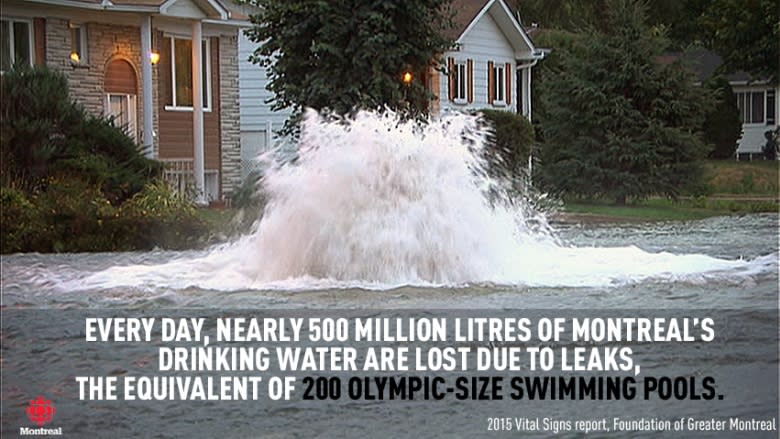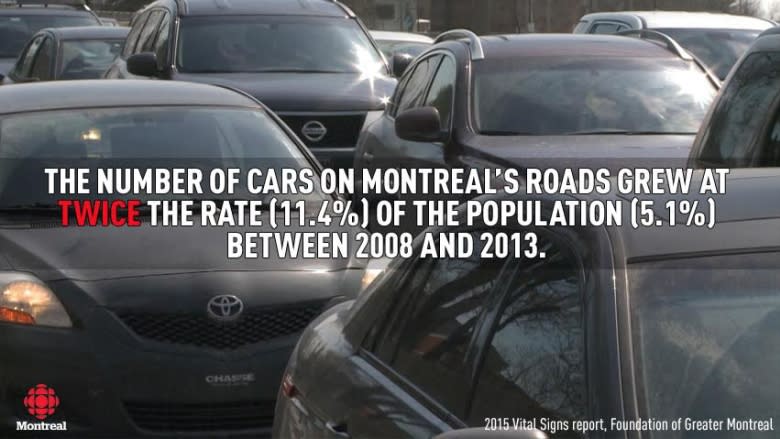Montreal Vital Signs report: News is good and bad
More Montrealers are voting, but few have a family doctor. There are more university graduates, but fewer primary and secondary school students and fewer company headquarters in the city.
The 2015 Vital Signs report for Montreal is a mixed bag of good and bad news as the city's demographics and economy changes over the years.
The report, which last came out in 2012, compiles different statistics to get a sense of quality of life in the city.
Here are some highlights:
Satisfaction
- In 2014, a high proportion of Greater Montreal residents (93.3 per cent) said they were satisfied or very satisfied with their lives. This was higher than other large cities like Toronto (88.7 per cent), Calgary (92.8 per cent) and Vancouver (87.2 per cent).
Health
- One person in three (34.2 per cent) over the age of 12 did not have a family doctor in 2014. This was virtually unchanged from 2003 (33.8 per cent).
Economy
- Greater Montreal ranks first among large North American cities in terms of operating costs and tax burden for research and development, and it ranks third in growth for R&D companies.
- From 2000 to 2014, the average annual job growth rate was 1.1 per cent in Greater Montreal. This is lower than the rates in Vancouver (1.6 per cent), Quebec City (1.7 per cent), Toronto (1.8 per cent), and Calgary (2.8 per cent).
Education
- 14.4 per cent of young people under the age of 20 were enrolled in high-school level vocational training in 2013, a rate much lower than for Quebec as a whole (24 per cent). An estimated 37 per cent of vacant jobs require vocational skills.
Infrastructure and transportation
- Every day, nearly 500 million litres of Montreal's drinking water are lost due to leaks, the equivalent of 200 Olympic-size swimming pools.
- In 2015, Montreal remained among the world's top 20 cities for cycling.
Poverty
- One person in four lives below the poverty line on the Island of Montreal, one in nine in Laval, and one in 10 on the South Shore.
Culture
- Library use is up, but Montreal's annual per capita library visit rate is 3.9, still lower than Toronto's 6.7 and Vancouver's 7.9.
The report is compiled by the Foundation of Greater Montreal, a charitable organization that funds other charitable organizations. It's part of the Community Foundation of Canada, which creates Vital Signs reports for 49 cities.
For the first time, the report noted how Montreal participates in the sharing economy — services that allow people to rent out their apartments or moonlight as private drivers. Airbnb and Uber are well-known examples.
In Montreal, "spending by travellers using Airbnb generated economic benefits of over $50 million and over 820 jobs," the report noted.
The report also looked at the diversity of Montreal's population, noting that two-thirds of public elementary and high school students come from immigrant backgrounds.
"In 2014, students born in Quebec (and whose parents were also born in Quebec) accounted for only one-third of the student population (32 per cent) in public elementary and high schools on the Island of Montreal," the report said.




